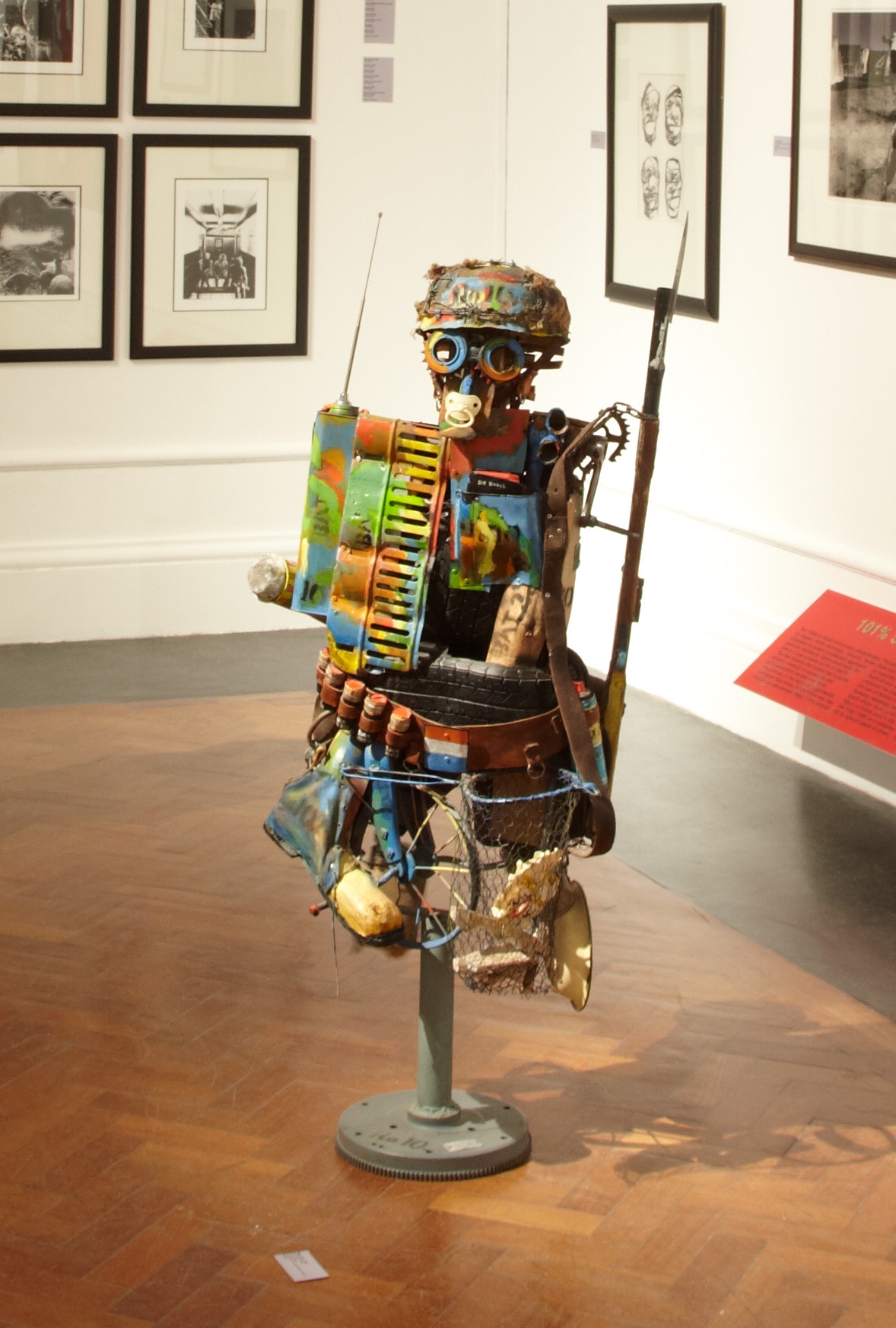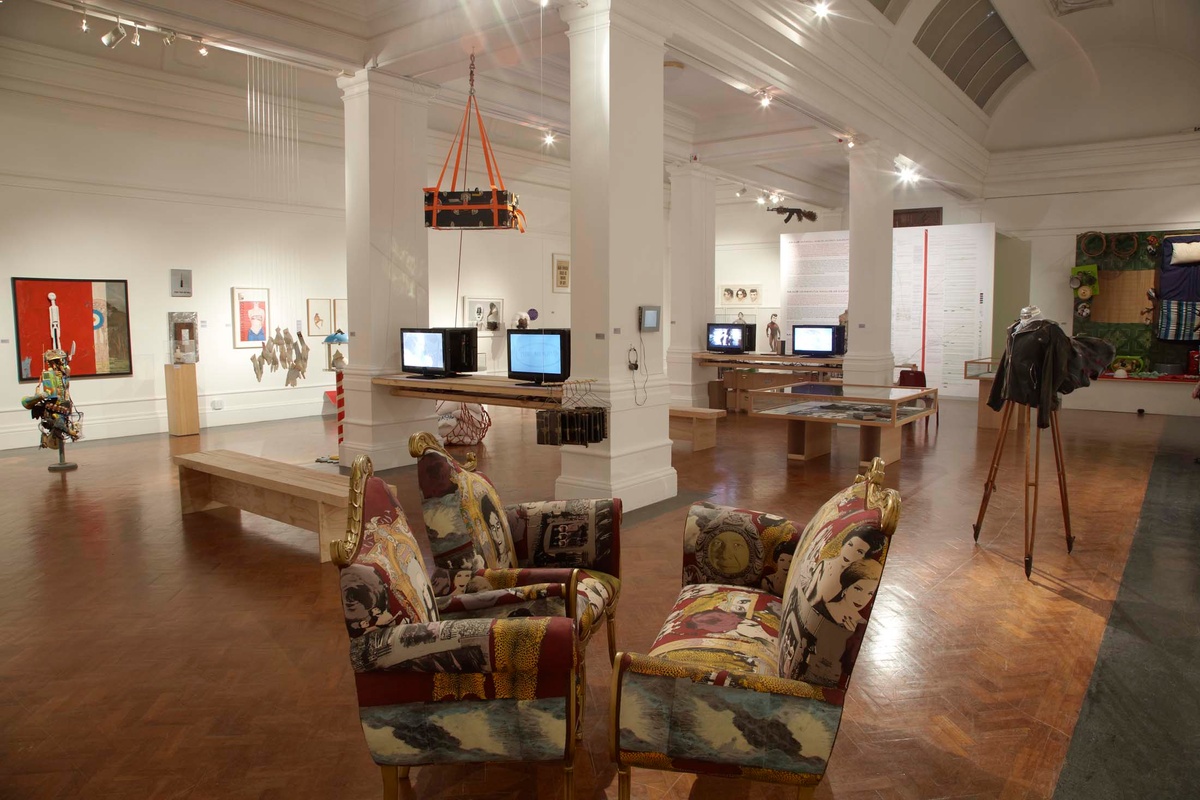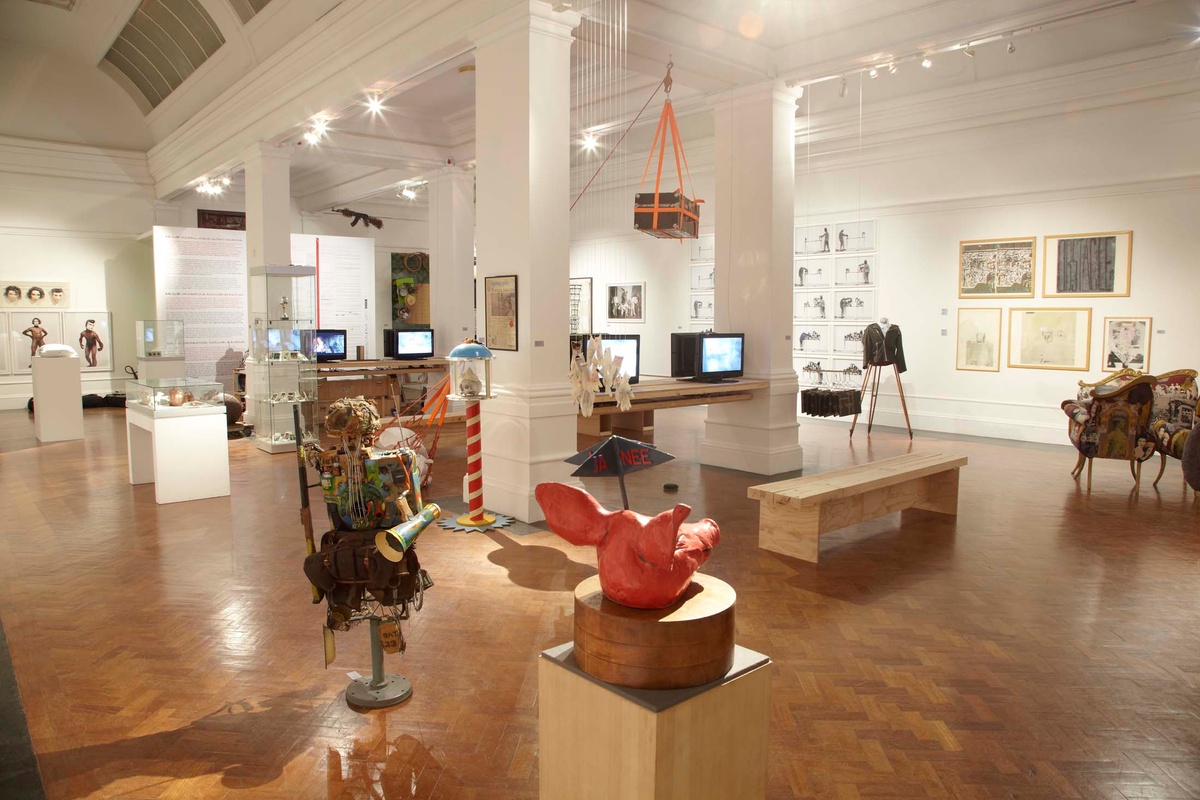Willie Bester

This artwork was loaned to the exhibition Dada South? Experimentation, Radicalism and Resistance curated by Kathryn Smith and Roger van Wyk, Iziko South Africa National Gallery, December 12, 2009–February 28, 2010. It is indexed here as part of Smith and Van Wyk’s revisiting of the Dada South? Archive of materials at A4 Arts Foundation.
b.1956, Montagu
Willie Bester is among South Africa’s most prominent resistance artists, his paintings and sculptures notable for their distinct materiality and direct political statements. Where his earlier works protested the oppression of the apartheid regime, his practice post-1994 has continued to highlight social inequalities. “Detractors of Willie Bester's work,” art writer Brenda Atkinson suggests, “are often bewildered by his relentless revisiting of the theme of racial injustice. It's as if, by refusing to conspire with the soothing discourses of rainbowism and renaissance, he is committing some kind of horrible social faux pas.” Though his political messaging remains unambiguous, Bester’s work is materially complex. Made from urban debris – scrap metals, discarded newspapers, tin cans, rusted car parts – his assemblages offer a more subtle reading than the didactic titles he gives them. Like a rogue archaeologist, Bester trawls society’s leftovers in junk shops and trash heaps to find an image of the current national landscape. To Bester, the political is necessarily overt, can never be suggestive. “We must guard against denialism and forgetting,” the artist warns. “We must also guard against distortions of these memories.”



